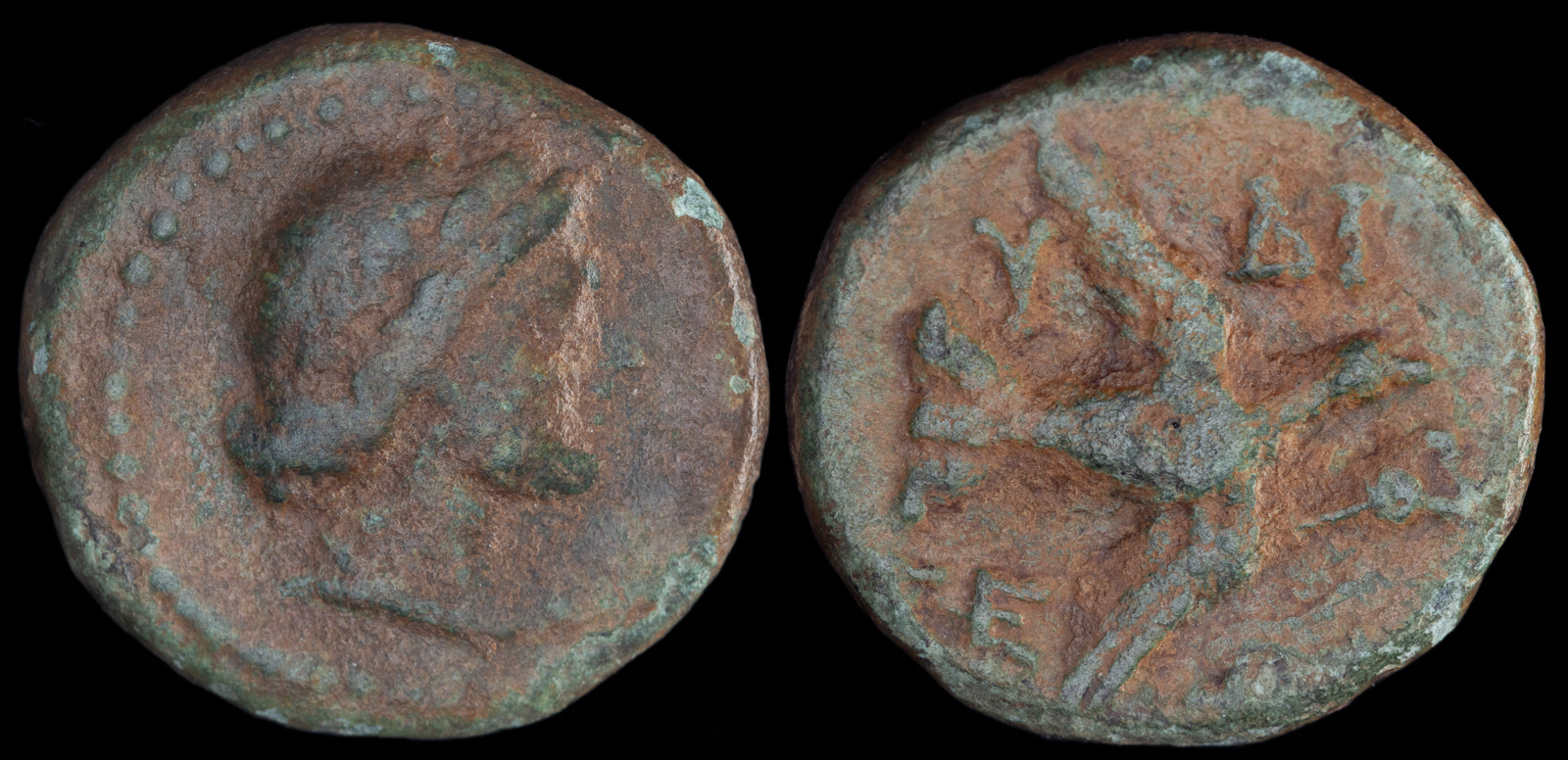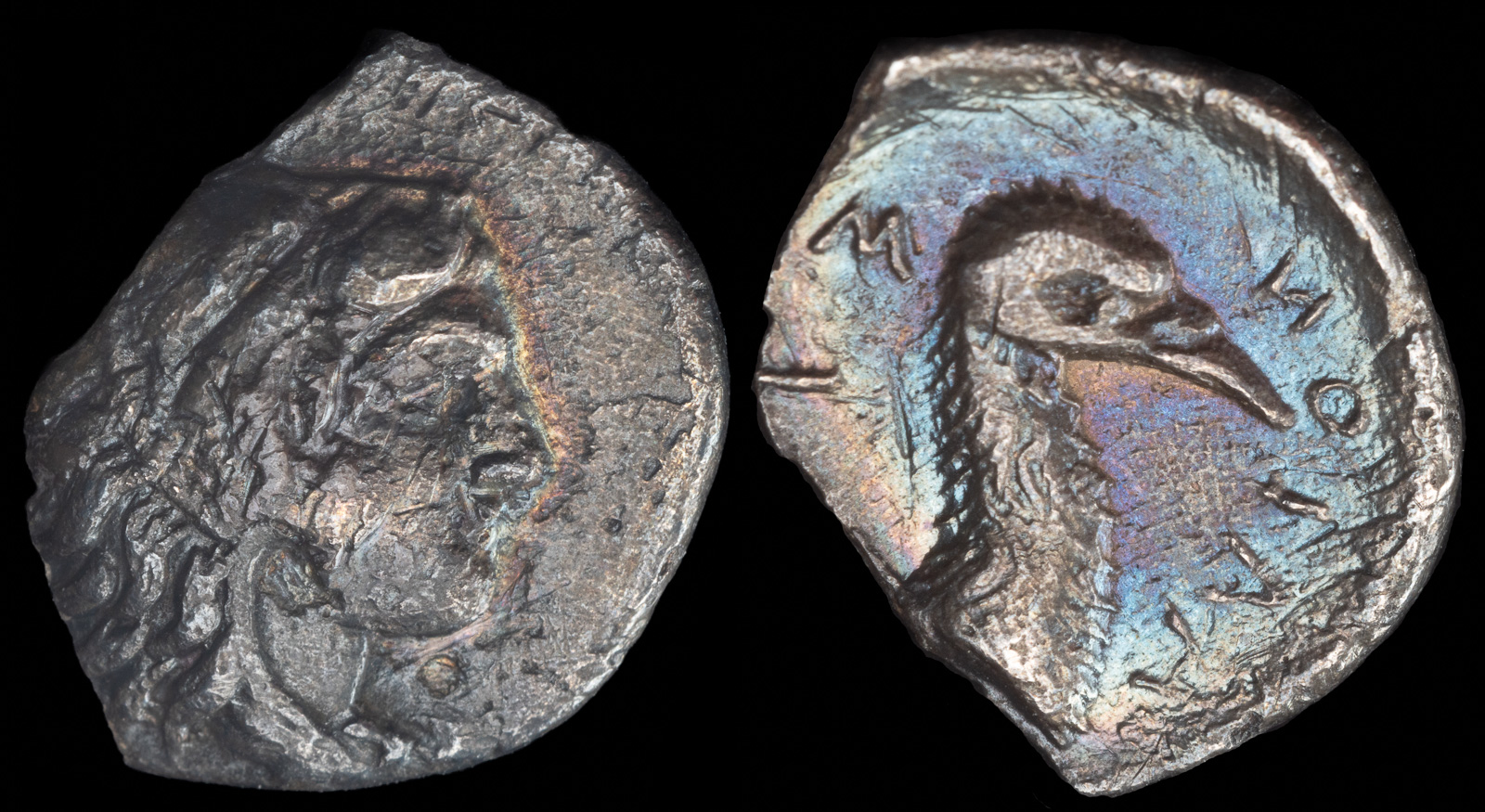Bird
View All Tags
One of the most revered birds in both Greek and Roman societies was the eagle. The eagle was sacred to Zeus (Jupiter in Roman mythology), the king of the gods. It symbolized sovereignty, strength, and divine authority, often serving as a messenger for the gods. In many depictions, the eagle was shown as soaring through the sky, carrying thunderbolts for Zeus or perched on his arm. The Roman emperor also adopted the eagle as a symbol of imperial power and strength, with the Aquila becoming the standard of Roman legions. Its association with the heavens and with divine rulership made the eagle a powerful symbol of both religious and political authority.
The owl was another bird of profound significance, particularly in ancient Greece. It was closely associated with Athena, the goddess of wisdom, strategy, and warfare. The owl was considered a symbol of wisdom, knowledge, and clarity of thought. It was frequently depicted in Greek art, often perched on Athena’s shoulder or as part of her iconography, underscoring her role as the goddess who brought light and understanding to both the human mind and the natural world. The owl was also considered an omen, and its presence in various contexts could signify the presence of wisdom or a divine blessing. In Roman culture, the owl maintained its association with wisdom and was sometimes seen as a portent of significant events or changes.
Another bird of importance was the raven, often associated with the god Apollo in both Greek and Roman traditions. Apollo was linked to prophecy, and the raven, with its dark, mysterious appearance, was often considered a messenger between the human world and the divine. Ravens were believed to have prophetic abilities, particularly in relation to foretelling the future. In mythology, Apollo’s raven was once white, but it was transformed into a black bird after it brought bad news to the god. This story contributed to the raven’s association with both divine wisdom and mystery, as well as its role as an omen of change or transformation.
The cock or rooster was another important bird, especially in Roman religion. The rooster was sacred to Apollo and was often associated with the sun due to its habit of crowing at dawn, symbolizing the arrival of daylight and the triumph of light over darkness. It was also seen as a symbol of vigilance and courage, qualities that were valued in both military and civic life. Roosters were often depicted on Roman coins and used in religious rituals as offerings to the gods, particularly in the context of thanksgiving or protection. The rooster’s crowing was believed to ward off evil spirits and signal the protection of the divine.
Finally, the dove was a bird that held special significance in both Greek and Roman cultures, particularly as a symbol of love and peace. In Greek mythology, the dove was sacred to Aphrodite (Venus in Roman mythology), the goddess of love, beauty, and fertility. Doves were often associated with the goddess’s gentle nature, and their use in rituals related to marriage, fertility, and the renewal of life underscored their symbolic connection to the nurturing and harmonious aspects of existence. Doves were also depicted as messengers of the gods, bringing peace and reconciliation in times of conflict.

Caria, Hydisos
Circa 150-50 BCE
Æ 12.5mm, 1.55 g, 12h
Laureate head of Apollo right /
Bird flying right; Y-ΔI/ΣE-Ω[N] above and below, kerykeion below
Cf. HN Online 1932 (for larger denomination likely from same issue); otherwise, unpublished in the standard references

Arkadia, Stymphalos
Circa 350-345 BCE
AR Obol 11mm, 0.66g, 6h
Head of Herakles to right, wearing lion skin headdress
Rev. ΣΤ[ΥΜ]ΦΑΛΙΟΝ (retrograde) Head of crestless water bird to right
BCD Peloponnesos 1703. SNG Copenhagen 286
Ex Collection of Jonathan H. Kagan